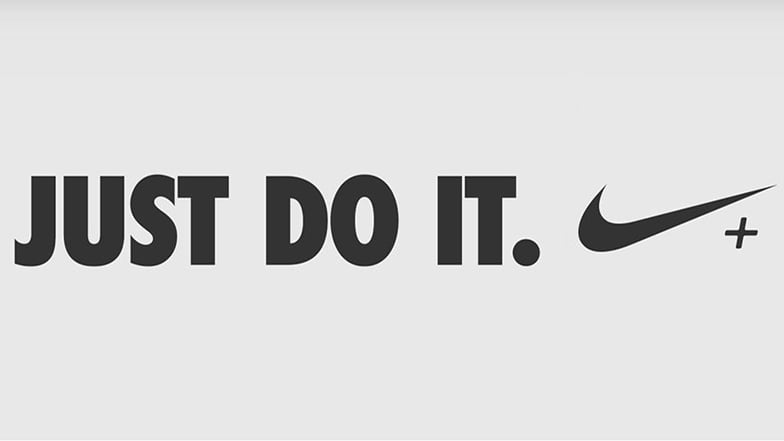In week 1, we were asked to reflect on the things we wanted to achieve by the end of the course. I said:
- Find something within the media industry that you are passionate about and can do as a career. So far, I’ve not made a lot of progress on this point. But I have discovered what I am not passionate about, which is a definite step in the right direction.
- Learn practical skills related to film making. I don’t feel like I have significantly improved my practical skills. The videos I produce still look very amateurish, especially in the sound department. I did realise, however, that my interest lies more in the theory and creative planning behind filmmaking. I think I’d be happier as a storyboard artist vs a sound recorder, for example.
- Be better at writing for a public audience. I’ve definitely improved on this. I remember it took me ages to write my first blog post, and now I smash them out.
- Graduate with a positive outlook to the future and my place within the future. Plenty of time left to work on this one.
- Learn how to pitch an idea to someone. Again, not much has changed. I may be confident in writing, but verbally I stumble on my words.
I decided to try this exercise again, but with more of a general focus rather than just regarding this course. I realise that improving my handwriting should have been one of them, but that will probably never happen.





